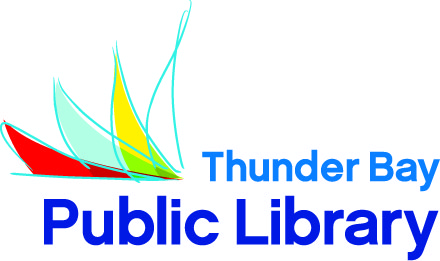
I don’t know if it’s the long winter, the strong coffee, hard work or cleansing saunas, but the Finns sure know how to have fun! There’s something about Finnish people and festivals that makes me smile. You’ve probably heard of the fabled Wife Carrying Contests, and have seen the painted chairs. You may have participated in the St. Uhro’s Day parade down Bay Street, but have you heard of Sleepyhead Day? How about nimipaiva?
If you were in Naantali, Finland today, you would be in the midst of Sleepyhead Day celebrations. I found this description of Sleepyhead Day in an article called “Crossing the Finnish line” by Tina Lund Anderson in Europe magazine, Jul/Aug95, using the EbscoHost online database in the Library’s Virtual Collection:
“Sleepyhead Day" is held on July 27 in both Hanko and Naantali, two well-known spa towns. In Hanko, festivities start at 6:30 in the morning with a rousing parade through the streets to the Spa Park, where the Sleeper of the Year--often a public official--is awakened with lots of water over the head. The tradition, traced back to the Christian remembrance of the Eresos martyrs, who slept in a cave, took its present form in the 17th century, during the heyday of spas, when it was common to gather early in the morning to drink the healthy waters. Sleepyhead Day abides in private homes, too, where the Unikeko, or family sleepyhead, gets thrown into the nearest body of water for an eye-opener.
I wonder if the sleepyhead gets to warm up in the sauna after his or her rude awakening?!
T
 he Lonely Planet’s Guide to Finland describes Naantali as one of Finland’s most idyllic port towns. Naantali grew around the Catholic Convent of the Order of Saint Birgitta, founded in 1443. The Convent Church is still standing and offers a program of organ music over the summer. Naantali is also home to the Naantali Music Festival (www.naantalimusic.com), held over two weeks from the beginning of June, which features a huge variety of classical music. Naantali is also the official summer home to Finland’s President. The estate, called Kultaranta, is on Luonnonmaa island, and includes a fanciful stone castle.
he Lonely Planet’s Guide to Finland describes Naantali as one of Finland’s most idyllic port towns. Naantali grew around the Catholic Convent of the Order of Saint Birgitta, founded in 1443. The Convent Church is still standing and offers a program of organ music over the summer. Naantali is also home to the Naantali Music Festival (www.naantalimusic.com), held over two weeks from the beginning of June, which features a huge variety of classical music. Naantali is also the official summer home to Finland’s President. The estate, called Kultaranta, is on Luonnonmaa island, and includes a fanciful stone castle.
Moominworld, or Muumimaailma, is also located in Naantali. This fun-filled theme park is based on characters from the wildly popular children’s books of Tove Marika Jansson. You can find some of her books in our Children’s collection and Finnish Language collection. You can visit Moominworld online at www.muumimaailma.fi – look for the “in English” link if you can’t read Finnish!
Another fun Finnish festival is called nimipaiva – or “name day”. Thanks to my Finnish Friend Tuula, I discovered my nimipaiva was just last week! Wikipedia tells us that name days are a tradition of attaching personal names to each day of the year, and celebrating the association of particular days with those for whom that day is named. It is common in many parts of Europe. The tradition originates from the Christian church calendar and the tradition to name children after saints, although in many countries there is no longer a connection to the church. In Finland people traditionally don’t celebrate their actual birthday, but rather their nimipaiva, and then share the party with others who share their name. I’m going to celebrate both from now on! Find your nimipaiva by using the search tool at http://www.piksu.com/names/
Embrace your inner Finn, mark these special festivals on your calendar, and throw a sleepyhead in the lake today!
Joanna Aegard, Head of Virtual Library Services





